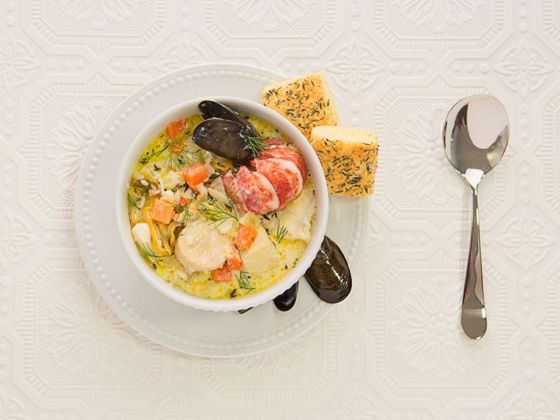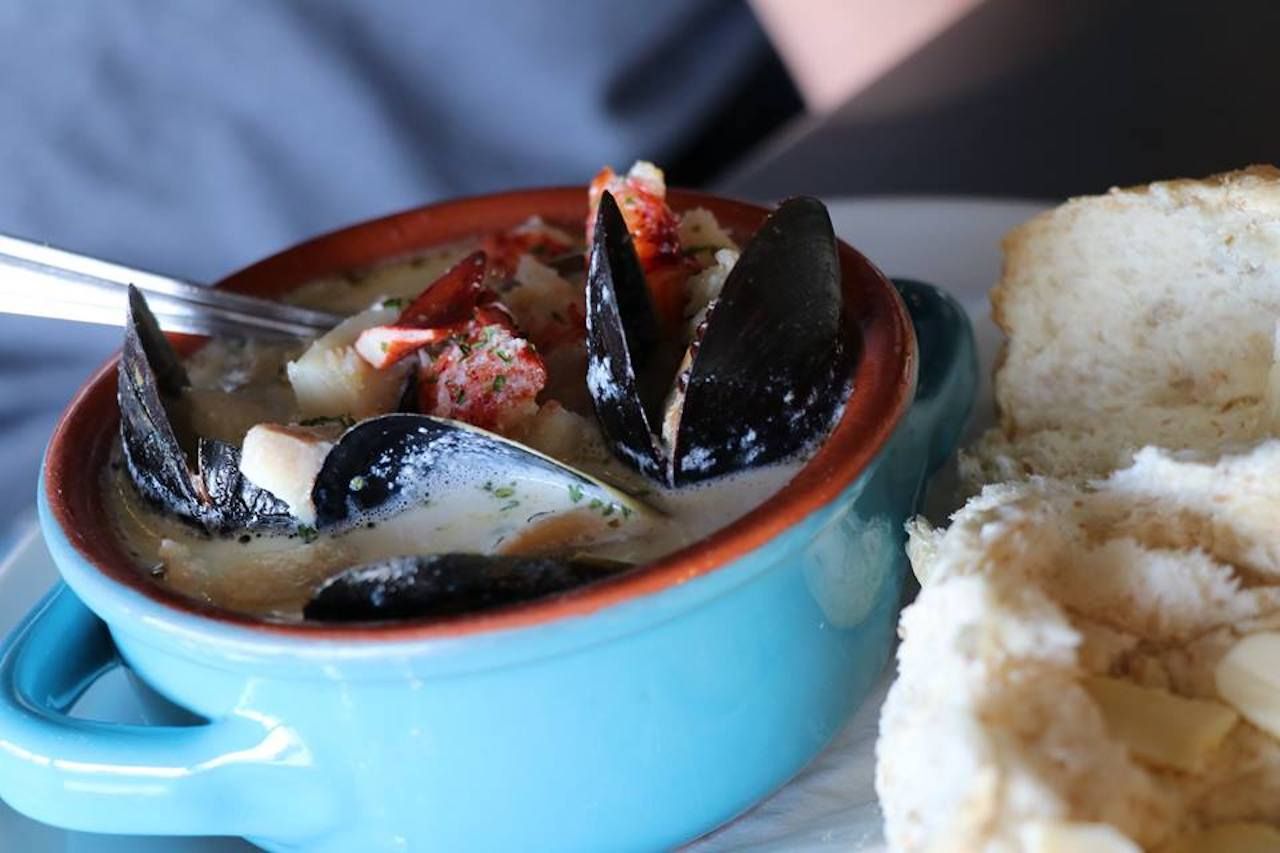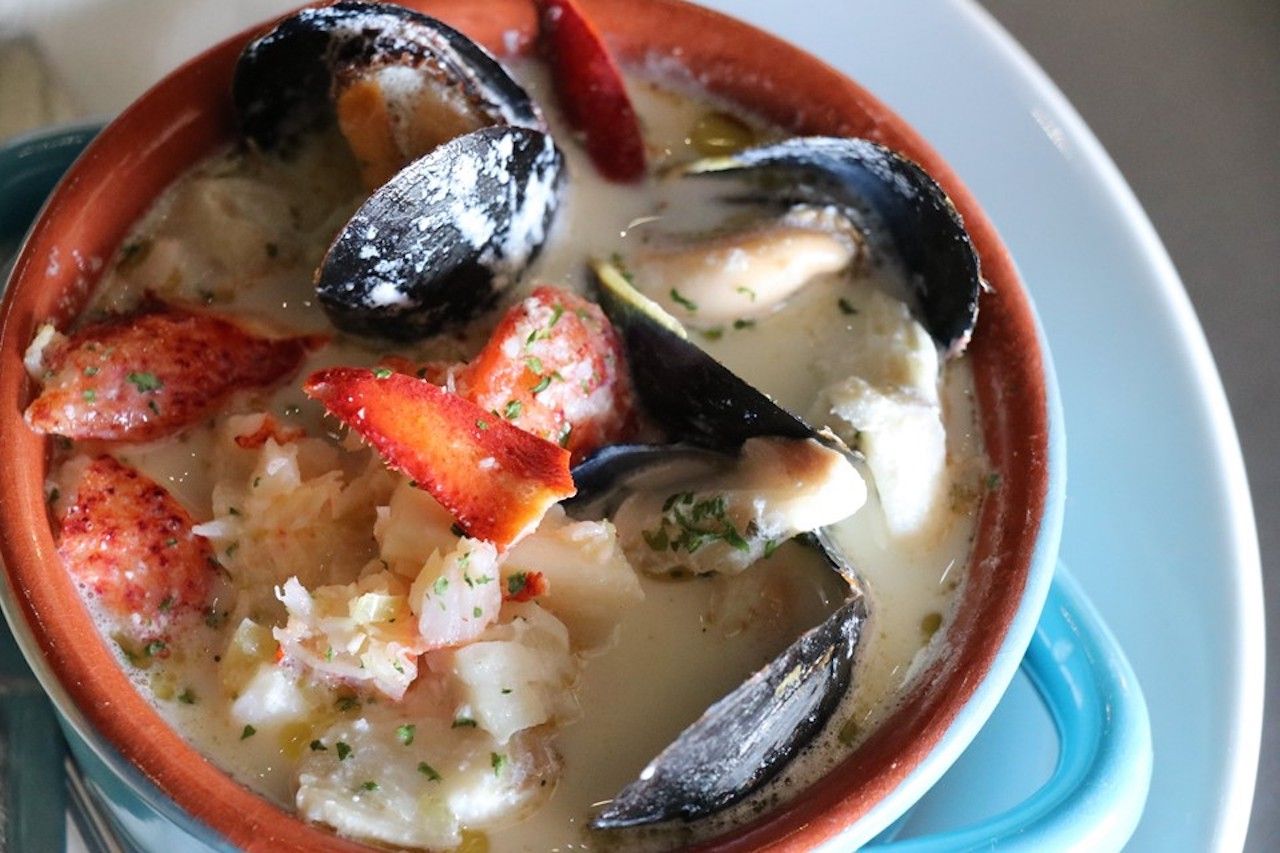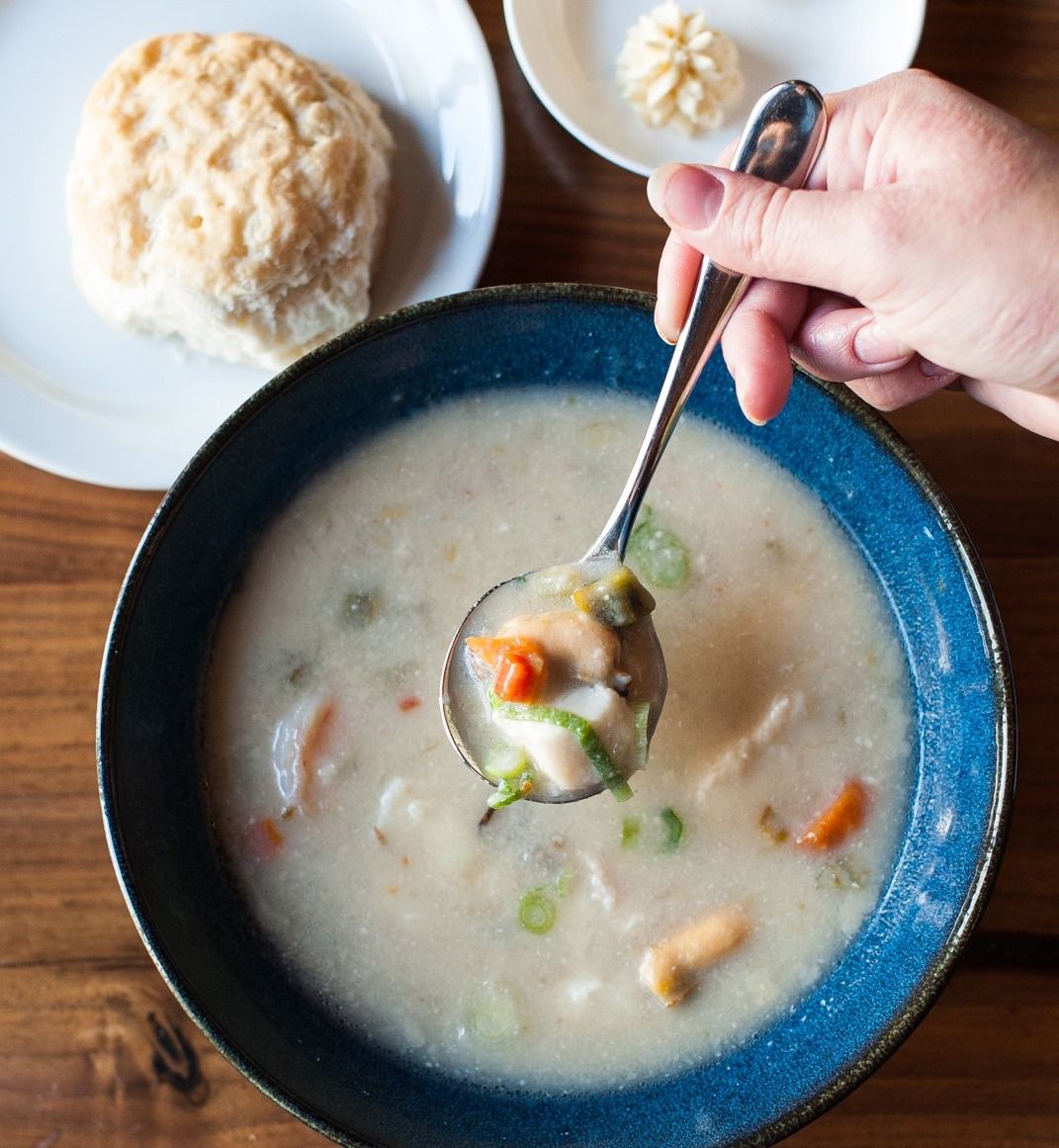Nothing brings together the culture and seascapes of Nova Scotia, Canada, like a steaming bowl of seafood chowder. And thanks to Canada’s official Chowder Trail, road-trippers have a guide to taste 58 of Nova Scotia’s best bowls.
For centuries, fishermen have braved frigid North Atlantic waters to harvest a bounty of oysters, lobster, halibut, salmon, and the famous sweet Digby scallops — all of which feature in the province’s cuisine. Seafood is baked into the culture of the peninsula. Nova Scotia itself is even shaped like a lobster claw. Coincidence? Eating chowder here is like eating a piece of the culture, and it’s a culture you want to have more than just a taste of.
The Chowder Trail started in 2016 and takes curious eaters down the coastline of the peninsula and past some of the oldest and most-photographed lighthouses in the Americas. While the views are great, it’s the famous seafood served up nearby that eaters really need to take the path for.



